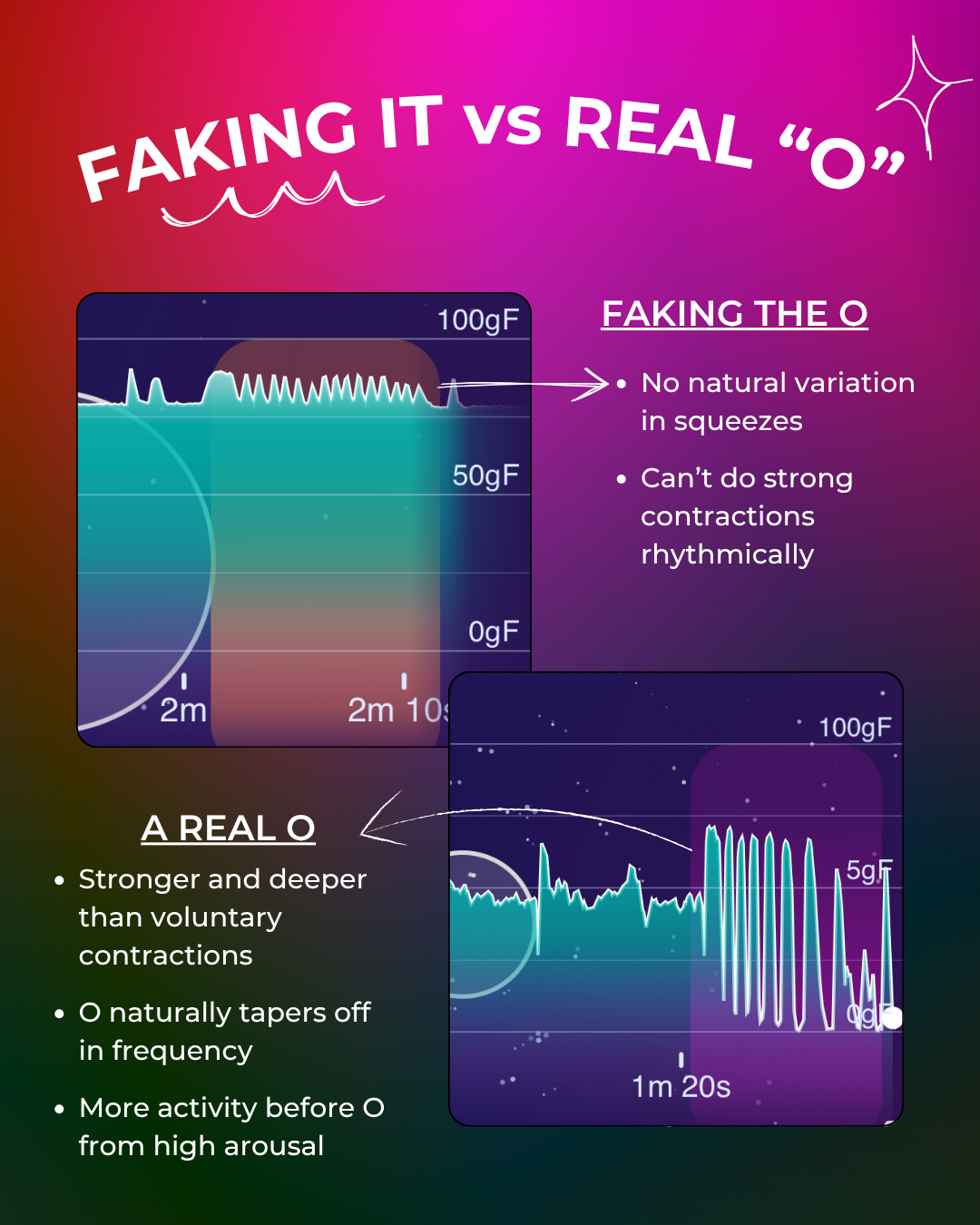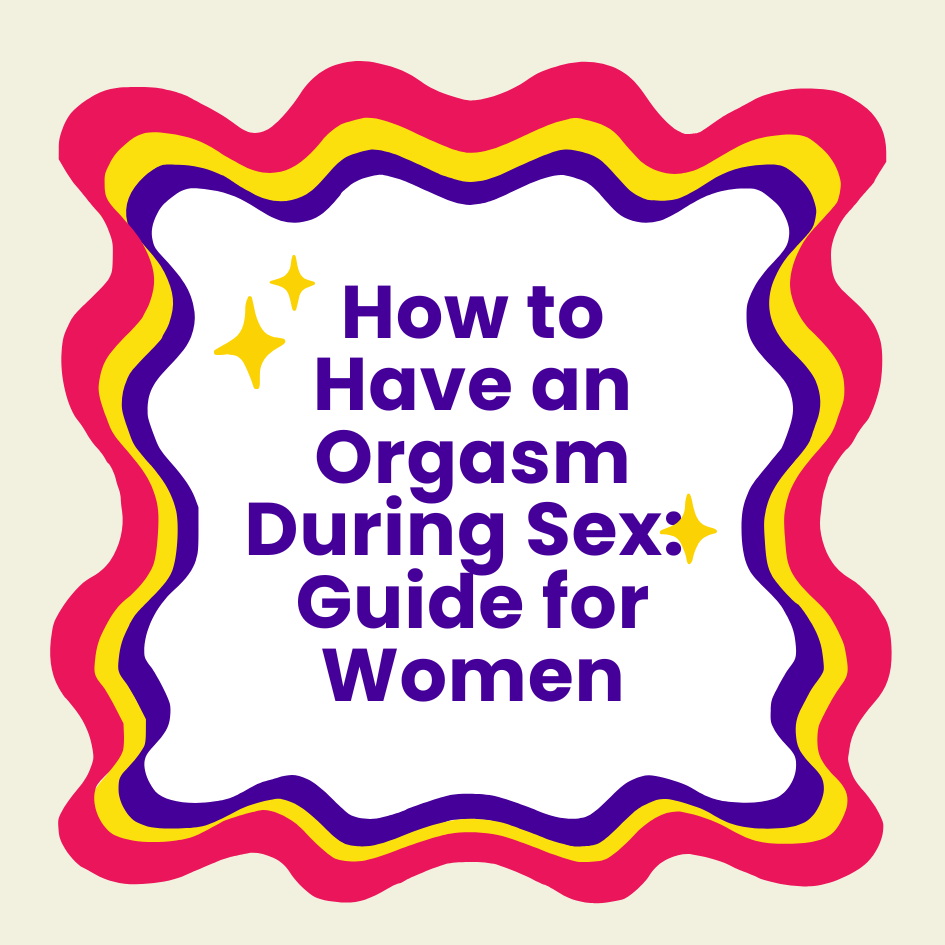
Frigid. It's a term that's somehow gained the weight of medical significance despite never having any formal definition at all.
The only thing that has been consistent about the term over time—at least since the 1920s—is that it has to do with female sexuality, affects many women, and is (supposedly) a sign of something deeply wrong with the individual.
The modern version of what's called frigidity is what's classified in psychology's DSM (Diagnostic and Statistical Manual of Mental Disorders) as "hypoactive sexual desire disorder," which relates to low sexual desire and is estimated to afflict somewhere between 26%-43% of women, depending on a specific measure. [2]
But this wasn't always the definition of the term.
Early Beginnings
One thing that's been inconsistent over time is whether or not frigidity is a physiological condition, a psychological condition, or some combination of the two.
Psychoanalysis of Vaginal Orgasms
In the early 20th century, frigidity was talked about both as a medical condition and, especially after Freudian psychoanalysis became popular, a psychological one. During this period, the main definition of frigidity, which to some degree survives to this day, is the inability to achieve "vaginal orgasms." (While beyond the scope of this article, the term "vaginal orgasm" is deceptive, as I describe elsewhere).
To give a sense of it, a quote on the condition: "While the clitoris is the executive of castration fear, the vagina is the bearer of the deepest anxiety—of death—which is mobilized in pregnancy and accompanies all biological acts of motherhood... this biological destiny is to a high degree responsible for preventing sexual responses in the vagina." [5]

/Writing/Lioness/Content/Frigid/freud_large.jpg?md5=f2dddc6865ee394c6029850165d33ddc)
The vagina being the avatar of death for women does seem somewhat unsexy—but like much of psychoanalysis, these theories were largely pulled out of thin air.
Treatments from Psychoanalysis to Clitorectomy
"Hitschmann and Berler report two frigid women successfully treated by psychoanalysis. The first was a young married woman who was able to become aroused but unable to experience vaginal orgasms during coitus. Classical psychoanalysis (with transference and dream interpretation) was employed (for an unspecified length of time), and the analyst "did not hesitate to depart from the strict passive, analytic attitude." Success was determined by patient report of the attainment of 'vaginal orgasms.'" (1976) [6]
Given at that the vibrator was invented as a medical treatment for orgasms during this time period, one has to wonder what kind of departure from the "strict, passive, analytic attitude" this particular analyst did.

/Writing/Lioness/Content/Frigid/vibrator_therapy.jpg?md5=39998b7f071c560326374ca8a6e03548)
Nonetheless, this quote illustrates fairly well how this problem was seen as one of psychology and Freudian hangups, penis envy, castration fear, etc.
Some, like Princess Marie Bonaparte (great-grand-niece of Napoleon), a self-described frigid woman and avid pupil of Freud, did think it had some relation to physiology.
In pursuit of the vaginal orgasm, she had an operation done on herself to try to "relocate" her clitoris to be closer to her vagina (due to her theory that differences in frigidity—as defined by having vaginal orgasms or not—were due to clitoral distance). She tried twice, alas, without success. [4]
(Even Freud advised against it, which means this is one of the few documented cases in history where Freud gave unconditionally good medical advice.)
Medicalization of Female Sexuality
Today, psychoanalysis of the sort described has been (mostly) relegated to the dustbin of history. In our modern times though, there's a different "belief" in the power of pills to solve all that ails us. However, to prescribe pills, you need a medical problem/dysfunction to "fix." [1]
While there are certainly genuine conditions best treated pharmacologically, there has been a trend of taking what might otherwise be some variant of "normal" and turning it into a dysfunction.
This has happened in all sorts of areas of health, but female sexuality has been an area of particular attention because of the blockbuster success of Viagra. One of the holy grails of pharmaceutical companies is to find the female equivalent. The well-documented PR campaign by Addyi is one of the most prominent examples and a case where one can make a strong argument that medical "feels" triumphed over medical science. [7]
Frigidity Today
As mentioned at the top, frigidity today is more apt to be described by a "scientific" condition like HSSD (Hypoactive Sexual Desire Disorder). In some ways, though, the criteria for what "frigidity" is, even if we assume it is that label, is just as slippery... if not more. [2]

Dr. Lori Brotto, a well-known researcher and a member of the DSM-5 Workgroup on Sexual and Gender Identity Disorders—so, one of the folks who literally "wrote the book" or helped define the disorders—describes the problem: "The marked variability in prevalence rates of low desire suggests that identifying a single prevalence for the complaint may be difficult and inaccurate." [2]
Basically, it's really hard to nail down what really underlies these "disorders"—which makes it hard to definitively class them... and, by implication, hard to tell what specifically is a disorder at all.
What should I do if I am/might have HSSD or am "frigid"?
As it was over a hundred years ago, a lot of the problems with describing sexuality is around differences in expectation and individual experience.
For example, as part of the psychoanalytical framework described before, there was an odd theory that "sucking/relaxing" orgasms where women enjoyed and had "vaginal sucking" were more properly feminine, vs. the more male-oriented explosive orgasm. As per a conference paper in 1961:
"In the vast majority of women, if they are not disturbed, the sexual act does not culminate in a sphincterlike activity of the vagina, but is brought to a happy end in a mild, slow relaxation with simultaneous lubrication and complete gratification. Although she does not question the existence of orgastic vaginal experience in many women, she assumes that the form described is the typical and most feminine one." [5]
Everyone's different
Whatever you think of the above description of the "typical and most feminine" orgasm, it's pretty well-documented at this point (and in some cases, is almost a trope) that "everyone's experience is different" and there's a very wide range of sexual variation.
Although non-scientific, we at Lioness found fairly different physiological responses/patterns in vaginal contractions for what different women described as orgasms—and the level of general variation of qualitative description is actually far wider than the binary experiences the 1961 study describes.
Find your own pleasure
Given all of this, it's hard to quantify how much sexual experience has been made aberrant/problematic by attempting to capture an impossible "normal" at capturing a single normal, but it's probably a lot.
As such, the best advice we can give, and the advice we often give is to explore and figure it out for you. It's often not going to be the case that someone else's experience describes your own. Given that, the best way to figure out what works for you is to figure out what works for you.
After all, orgasms can feel very different to different people, and, as we've covered in the past, masturbation has had documented benefits that are almost shocking in their effectiveness in improving pleasure and orgasm. If nothing else, it's a lot of fun homework!
===
Want to learn more about what you like?The Lionessmay be able to help!
 Lioness is the first and only vibrator that helps you improve your orgasms.
Lioness is the first and only vibrator that helps you improve your orgasms.
The world’s most advanced rabbit-style vibrator. Precision sensors let you literally see your arousal and orgasm. Experiment, understand yourself, and have better orgasms—after all, as the saying goes, “never measured, never improved.”
Click hereto learn more about the Lioness.
===
References
[1] Angel, K. (2010). The history of “Female Sexual Dysfunction”as a mental disorder in the 20th century. Current Opinion in Psychiatry. http://doi.org/10.1097/YCO.0b013e32833db7a1
[2] Brotto, L. (2010). The DSM diagnostic criteria for hypoactive sexual desire disorder in men. Journal of Sexual Medicine. http://doi.org/10.1007/s10508-009-9543-1
[3] Clayton, A. H. (2010). The pathophysiology of hypoactive sexual desire disorder in women. International Journal of Gynecology and Obstetrics. http://doi.org/10.1016/j.ijgo.2010.02.014
[4] Moore, A. (2009). The Invention of the Unsexual: Situating Frigidity in the History of Sexuality and in Feminist Thought.
[5] Moore, B. E. (1961). Frigidity in women. Journal of the American Psychoanalytic.
[6] Munjack, D., & Kanno, P. (1976). An overview of outcome on frigidity. The Journal of Sexual Medicine.
[7] Segal, J. (2015). The rhetoric of female sexual dysfunction: faux feminism and the FDA. Canadian Medical Association Journal. http://doi.org/10.1503/cmaj.150363



